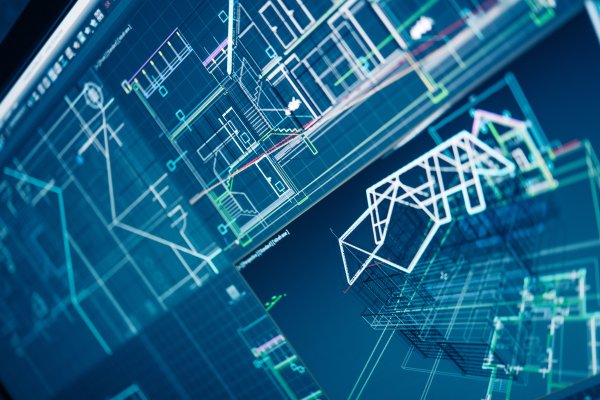
The building sector is pivotal for achieving zero carbon emissions, energy efficiency, and environmental resiliency. The common approach to assess building performance in terms of energy efficiency, carbon emissions, and compliance with energy-efficiency-related codes and certification systems is to pursue a computational building simulation. Despite the increased sophistication of building simulations over the last five decades, an initial study indicates the gap between simulated and actual energy use still ranges between 20 and 550 percent. This enormous gap could lead to skepticism in high-performance building concepts, undermining public confidence in the energy efficiency and decarbonization movements. While attention to this problem has grown in recent years, the understanding of the performance gap and its significance remains incomplete and inadequate.
In pursuit of improved building energy efficiency, this research explores the energy performance gap problem, specifically in single-family houses. A sample size of 20 to 30 regionally proximate residential buildings constructed or retrofitted to energy-efficiency standards will be analyzed. We will collect and analyze simulation input and output data and actual usage data. Through two layers of comparison – first an examination of simulated versus actual energy use and, second, a detailed inspection of simulation input factors versus actual conditions – this study quantifies the overall performance gap and unveils divergent impact factors. Simulation reports and models submitted during the design process will be gathered to derive simulated data on annual energy consumption and input factors. The corresponding values in actual usage are gained through collecting utility data, inventorying built spaces and equipment, measuring U-values and infrared-scanning of building envelopes, and surveying occupants. A recruitment and data collection protocol, approved by the Penn State IRB, was developed and combined with statistical methods for data analysis will ensure findings are representative and useful for optimization.
The project is a new collaboration between the Colleges of Arts & Architecture and Earth & Mineral Sciences. Arts & Architecture develops the framework for collecting and comparing estimated and actual building performance data. Earth & Mineral Sciences provides expertise in data analysis, computational prediction, and anomaly detection related to building energy systems.
The anticipated outcomes of this research are the quantification of the performance gap for the sample houses and a comprehensive list of the predominant factors that cause this gap. The magnitude of the gap highlights its significance, and the primary factors identified as causative offer optimization strategies for simulation during the design process and can inform reductions in energy use/associated carbon emissions during occupancy. Equipped with these outcomes, we intend to expand the research in two ways: we will study the performance gap and its causing factors in relationship to occupant social vulnerability and broaden our research to other housing types.
Narrowing the gap between estimated and actual building performance is crucial for realistically designing or retrofitting building-integrated energy systems, reducing energy demands, and proposing renewable energy alternatives.





